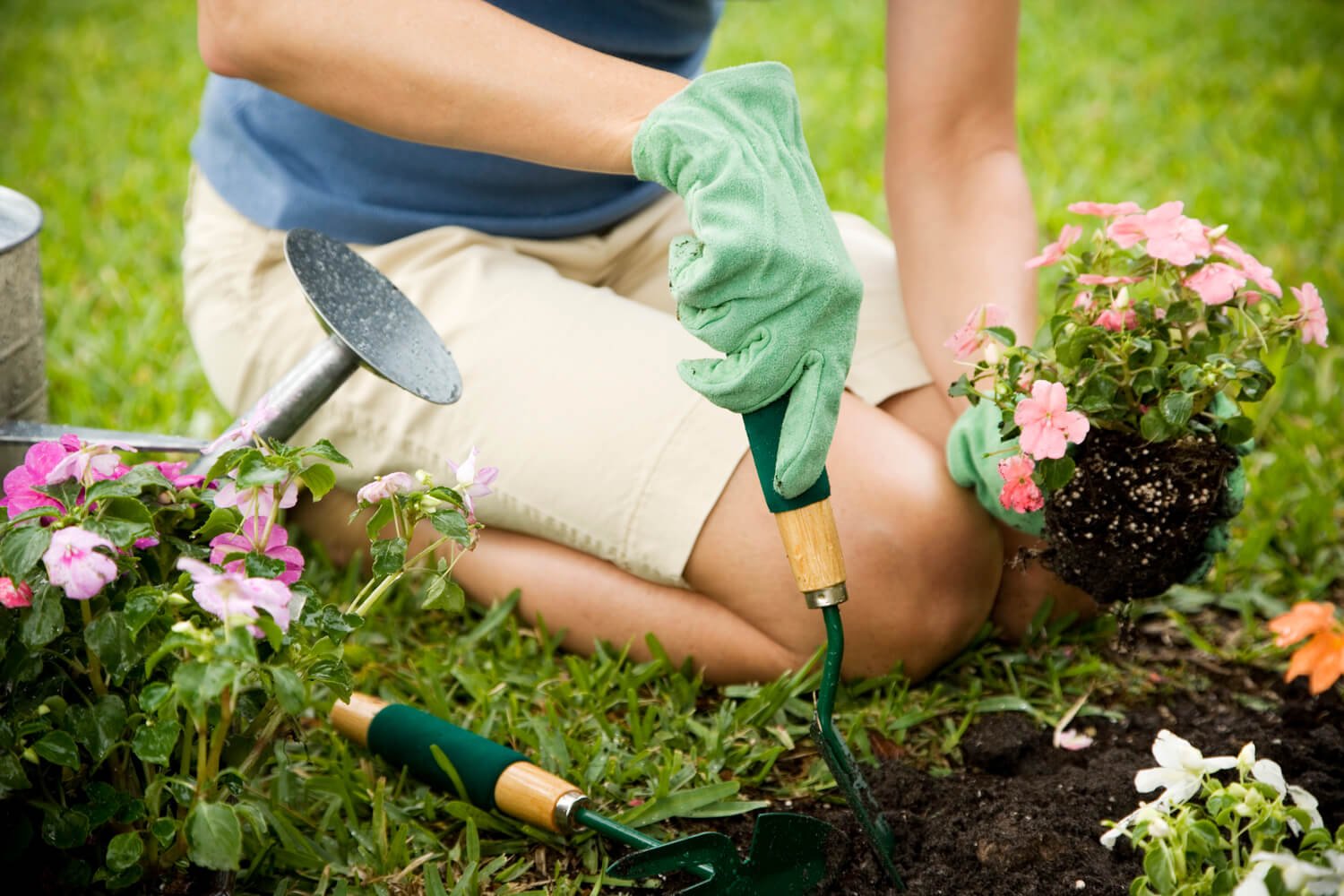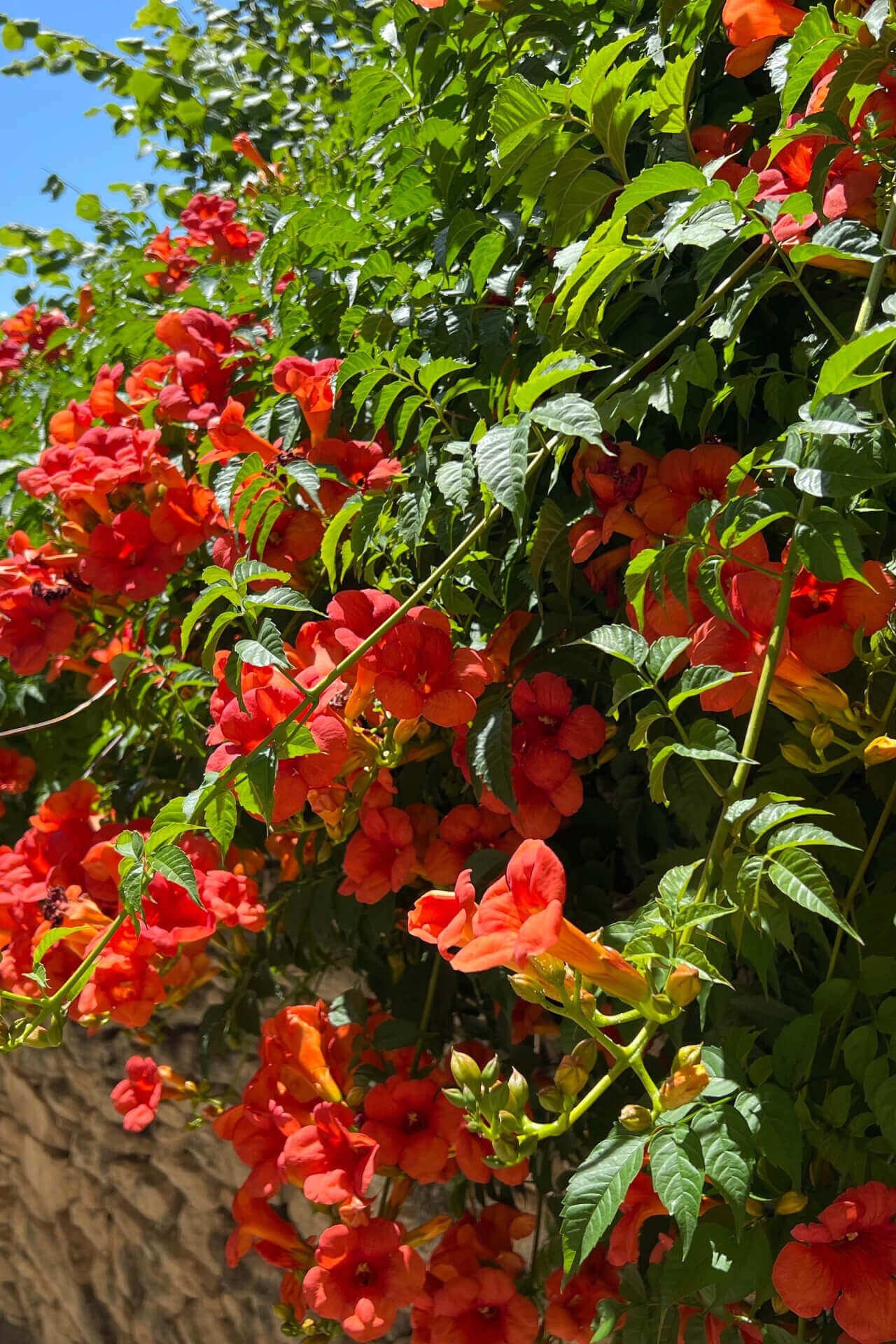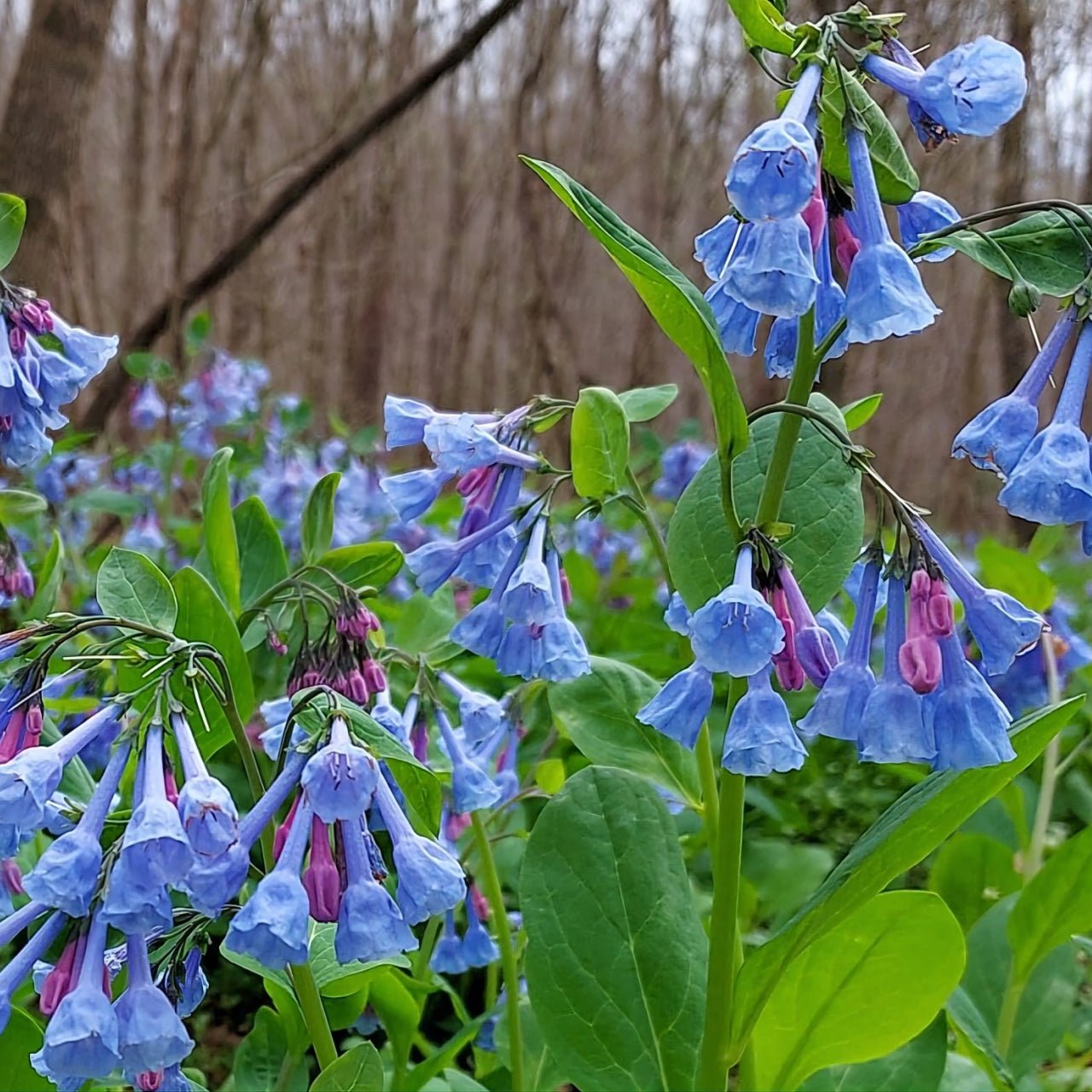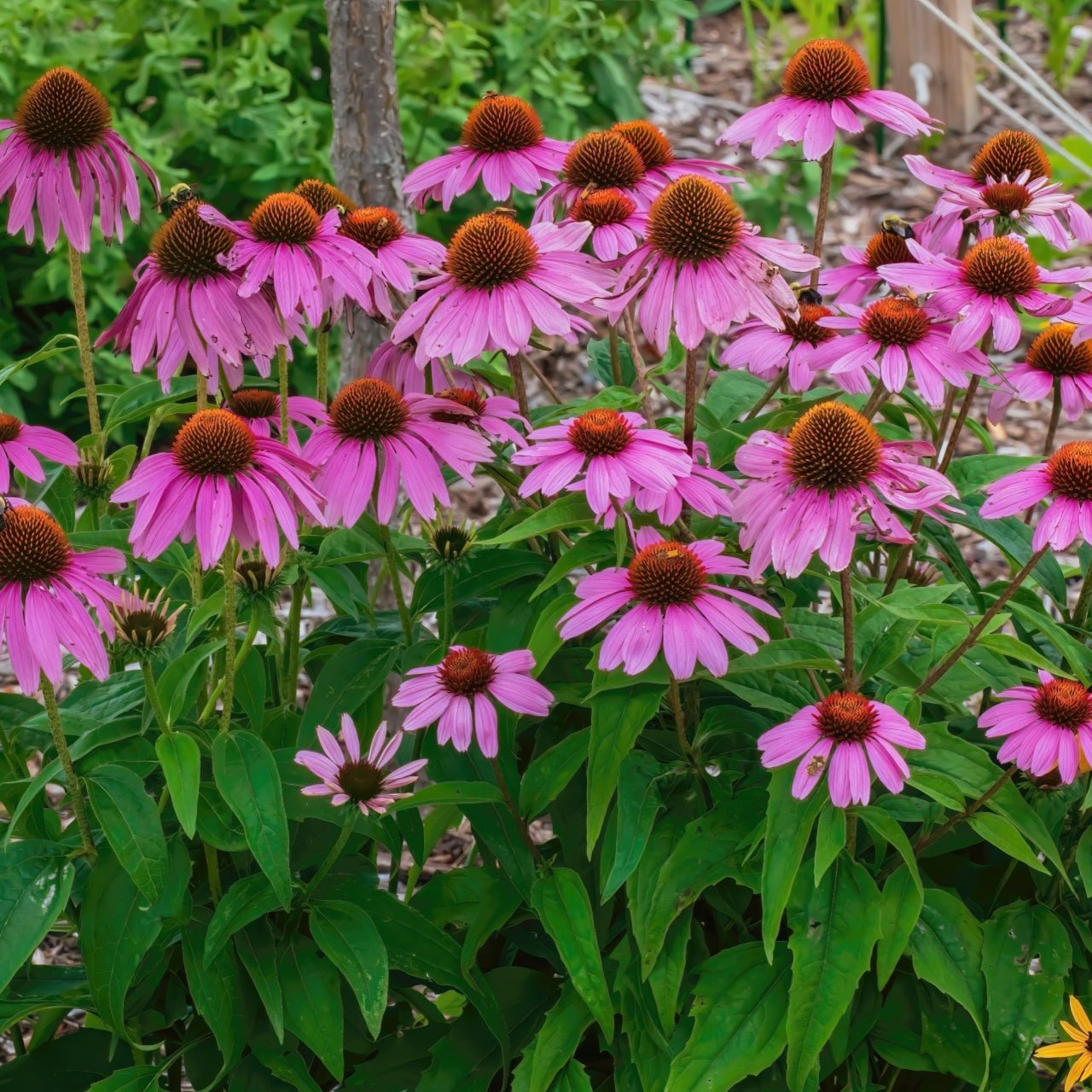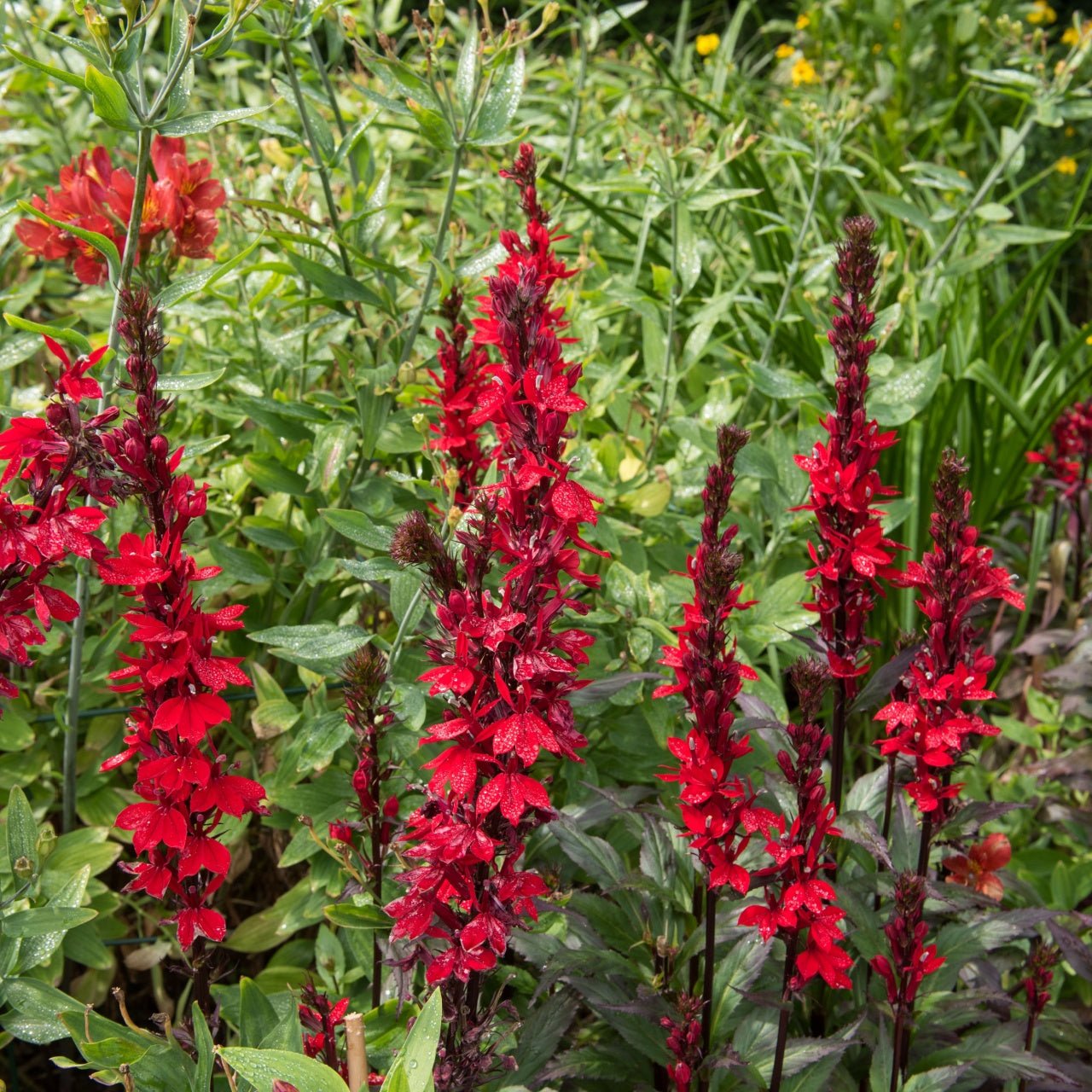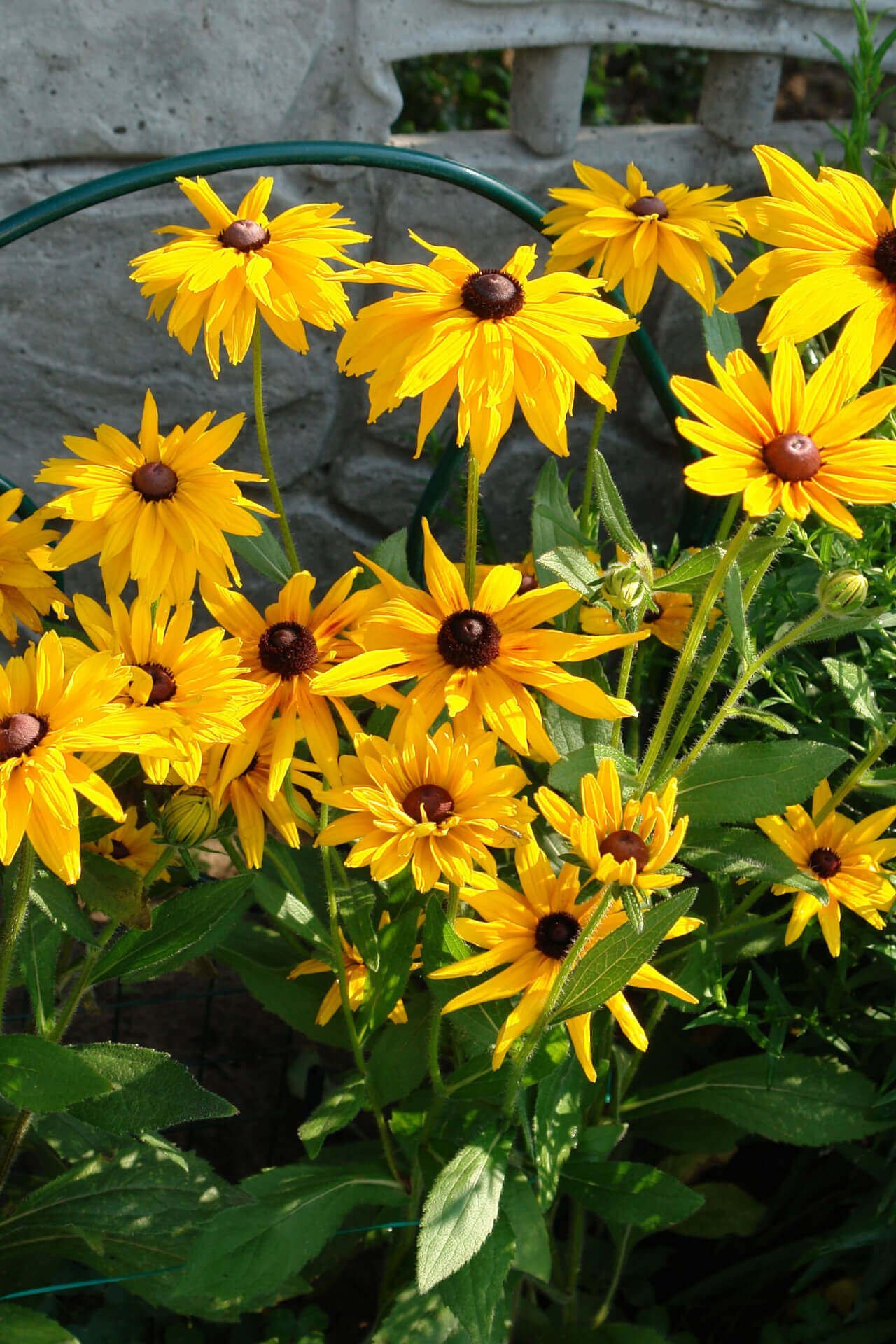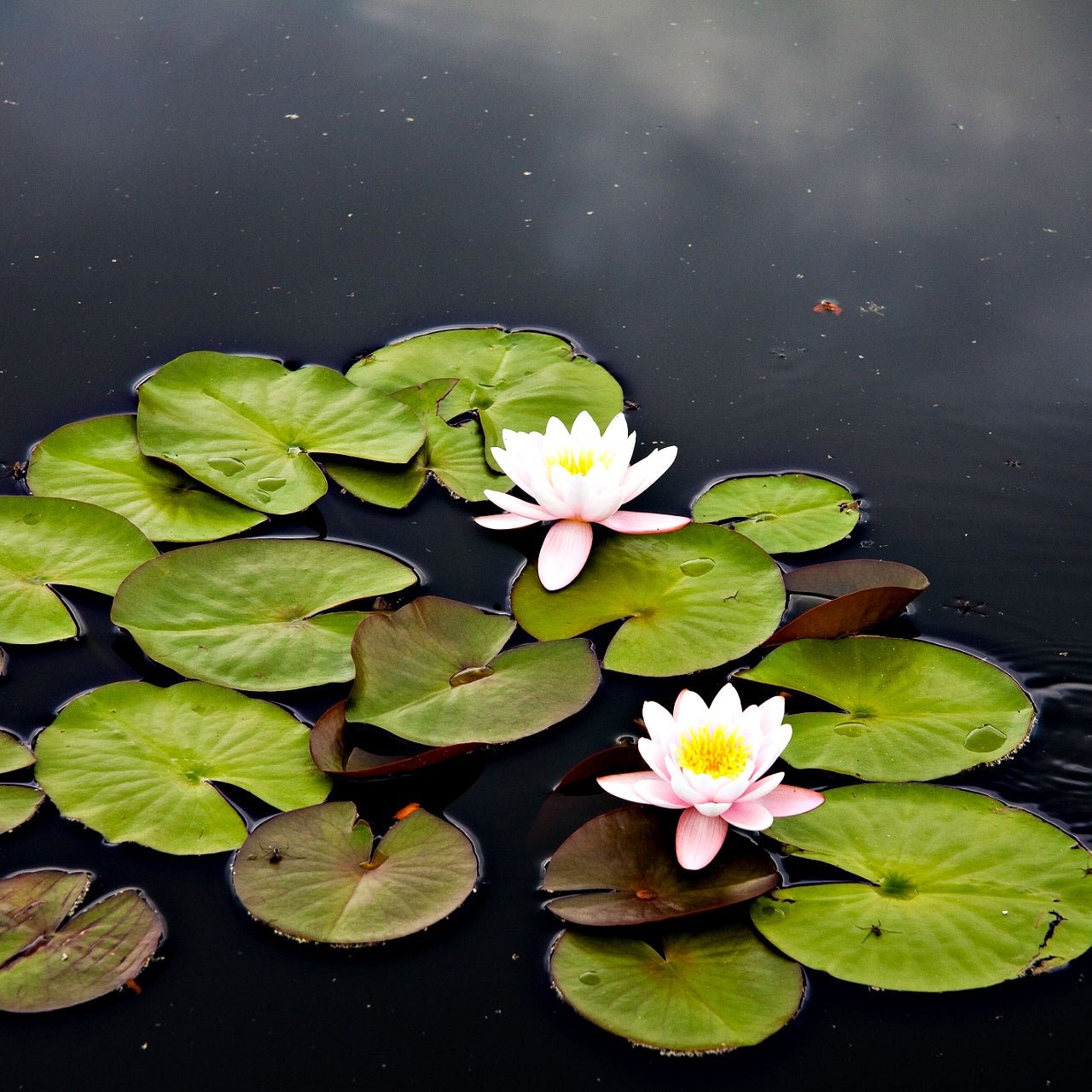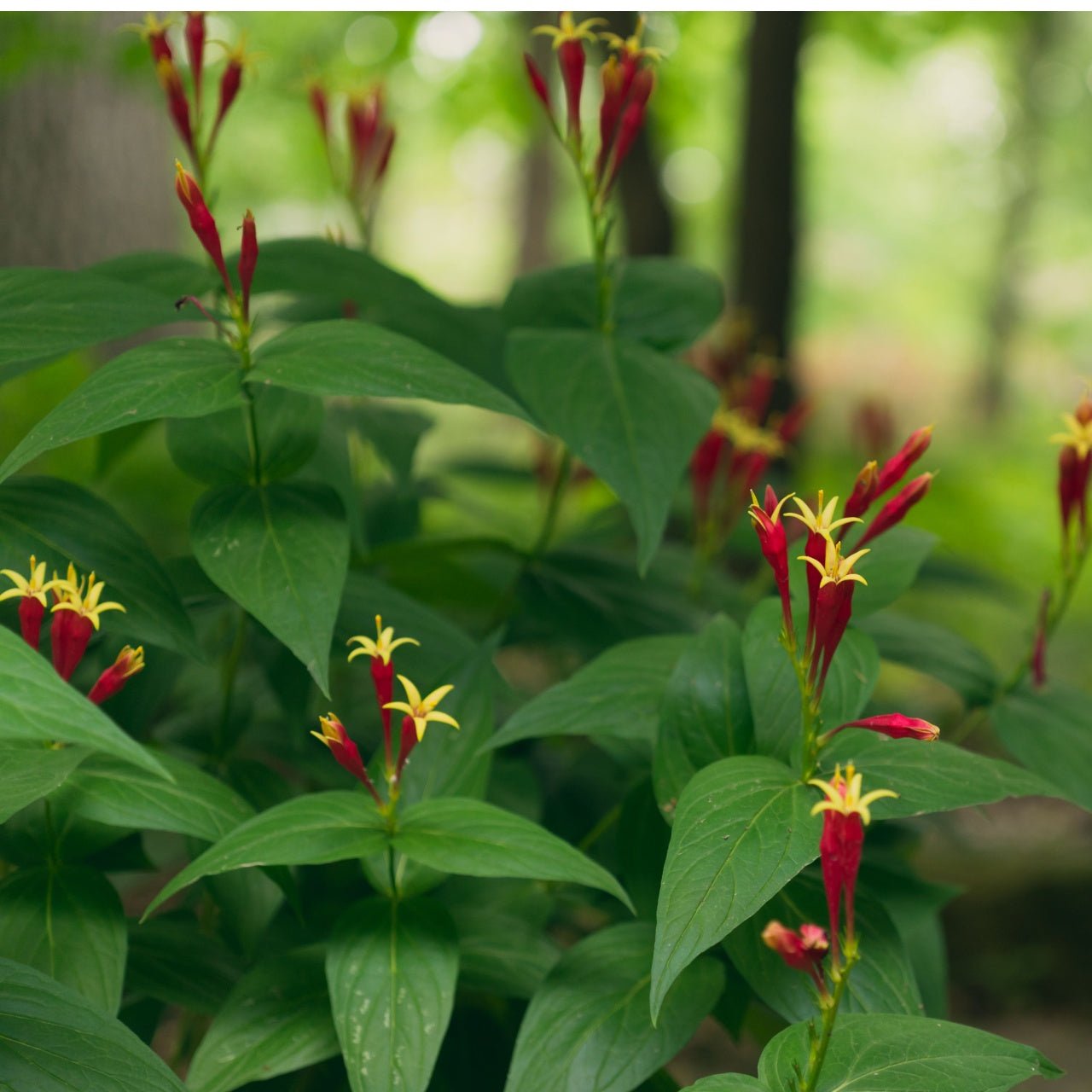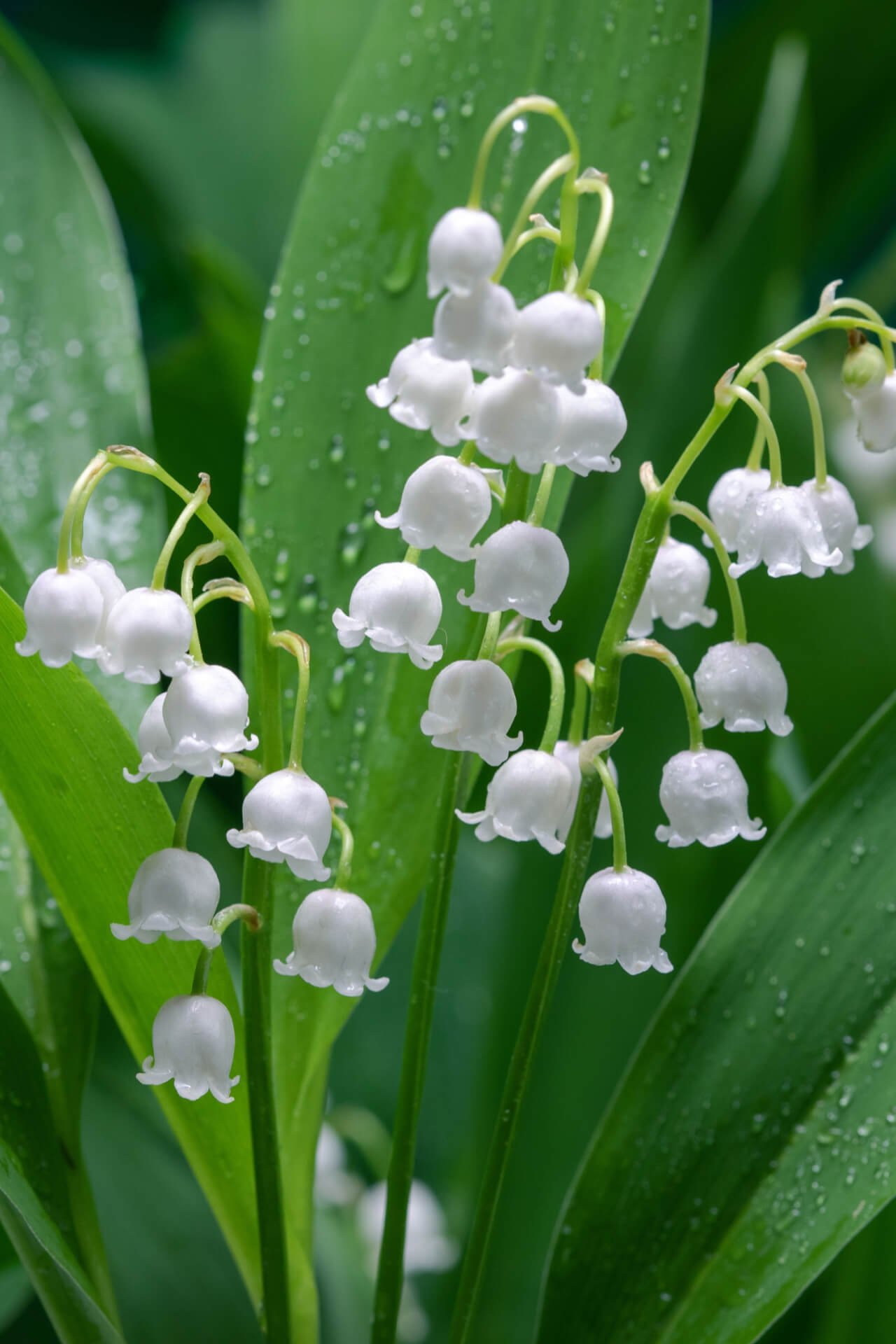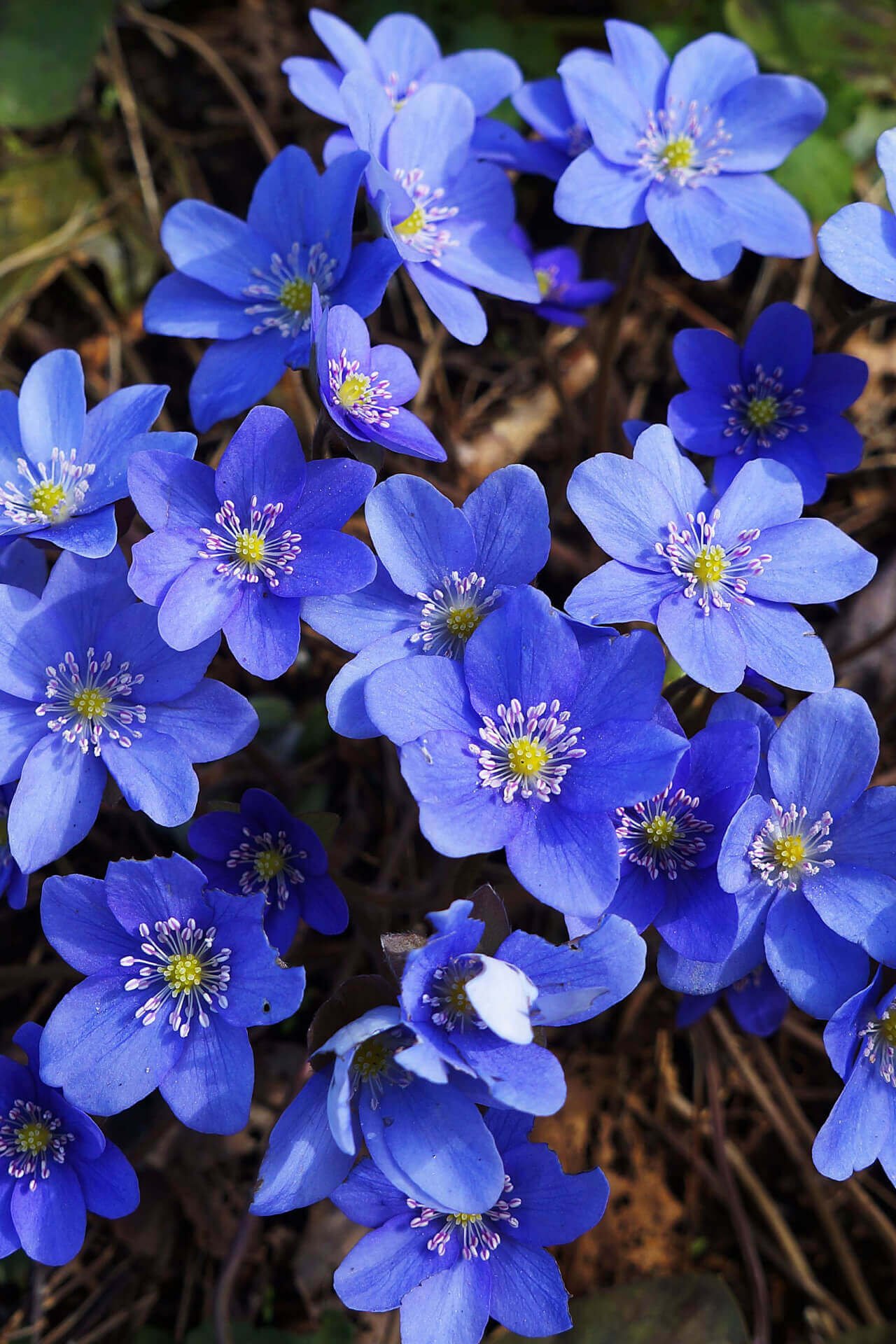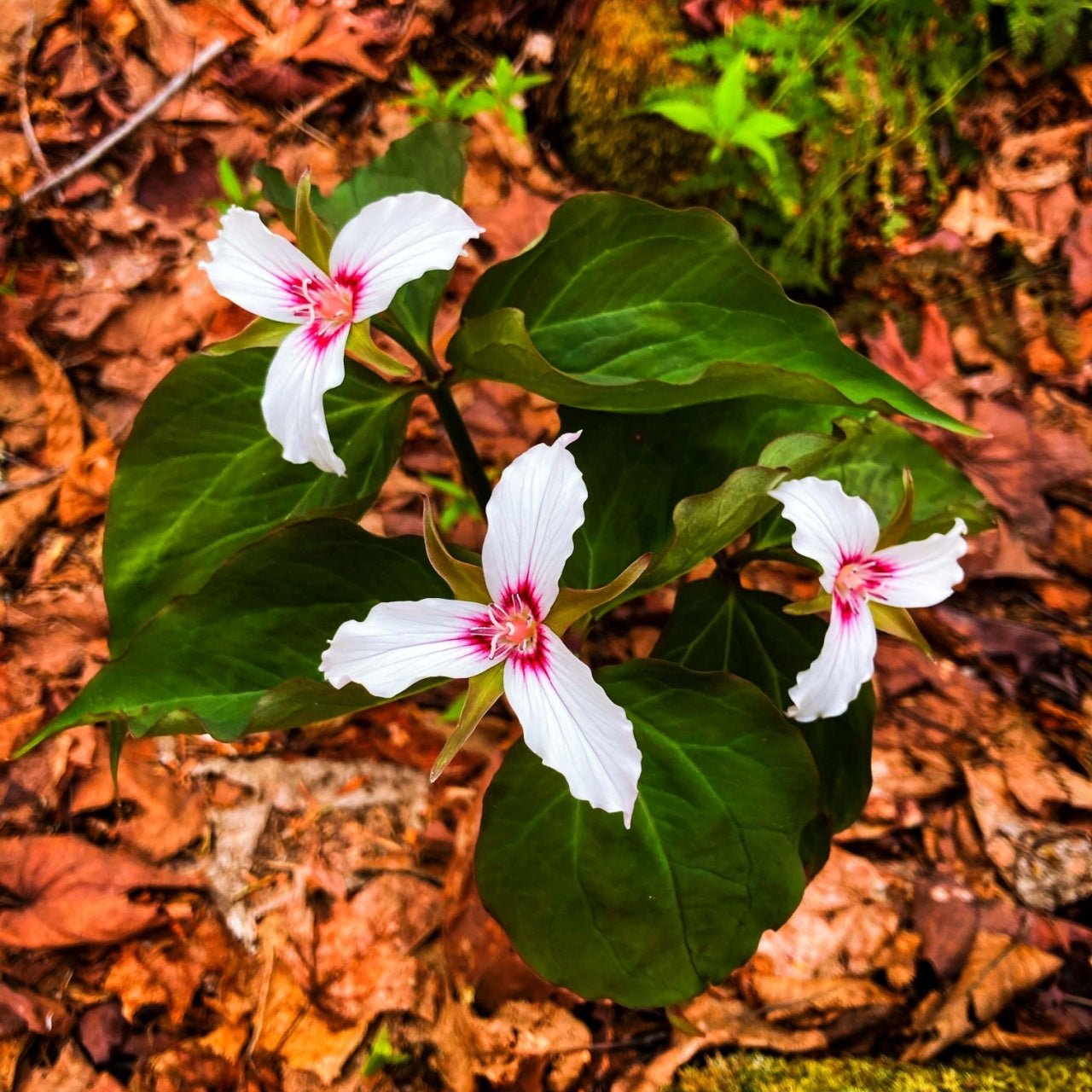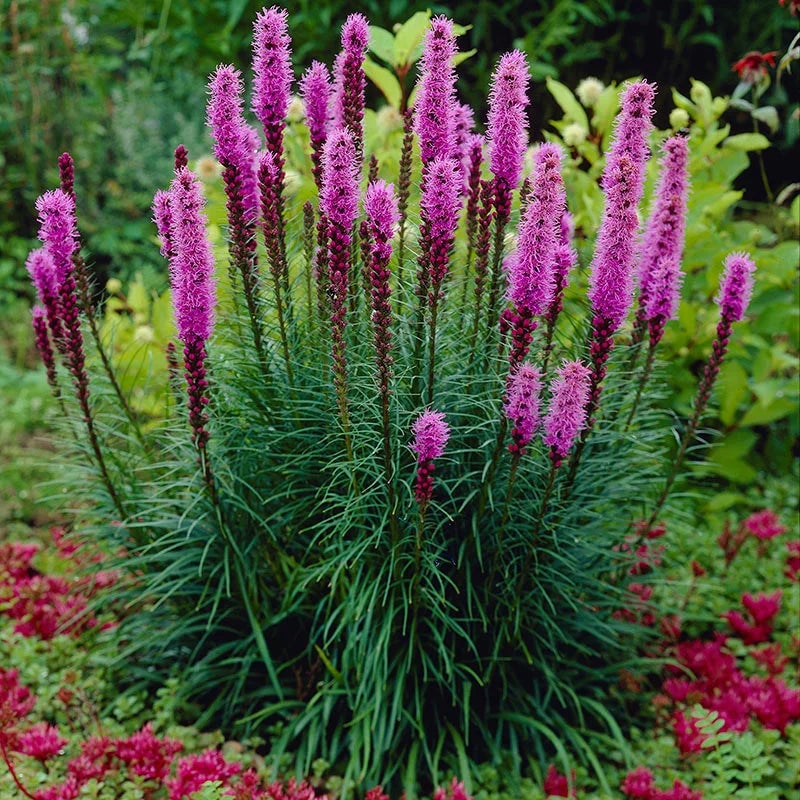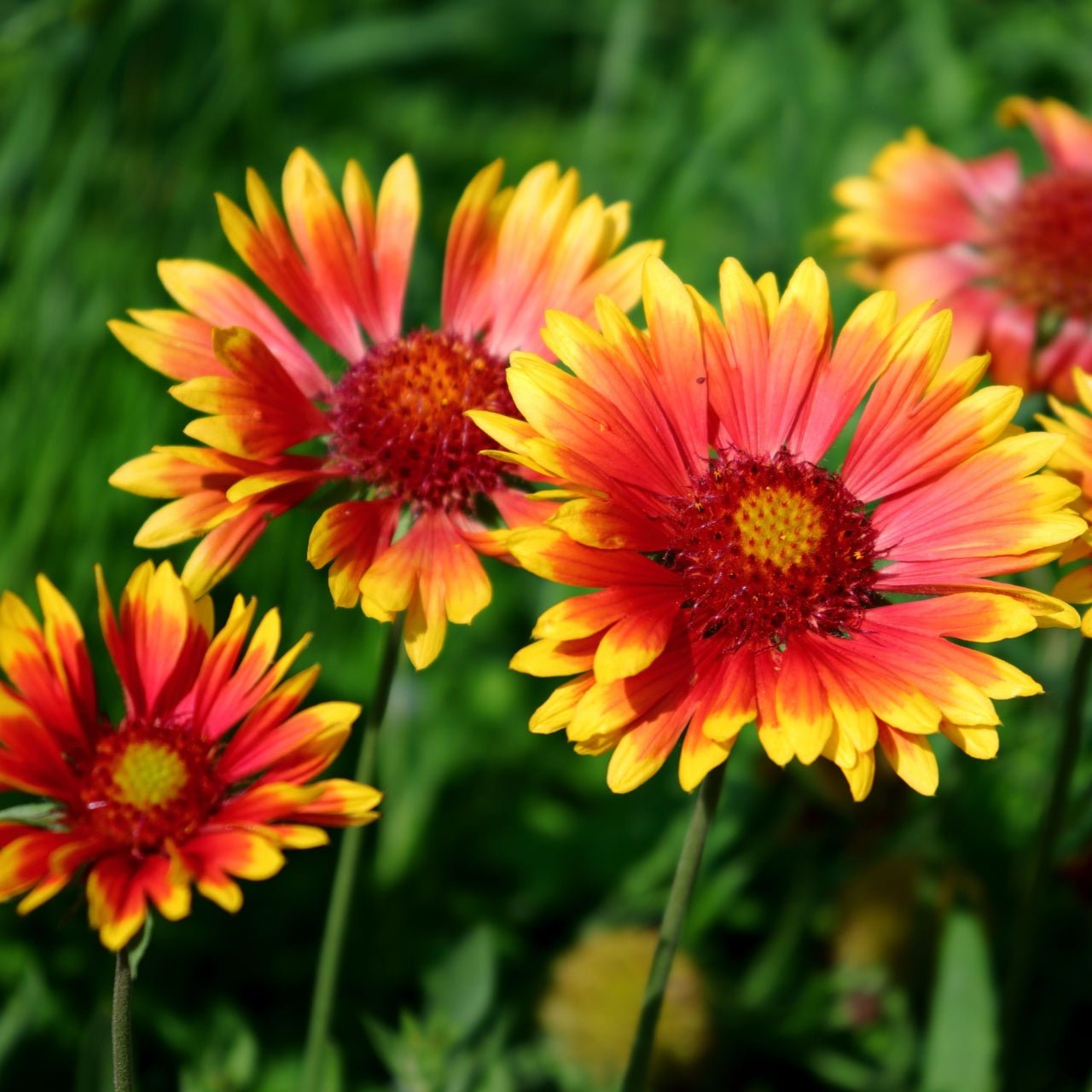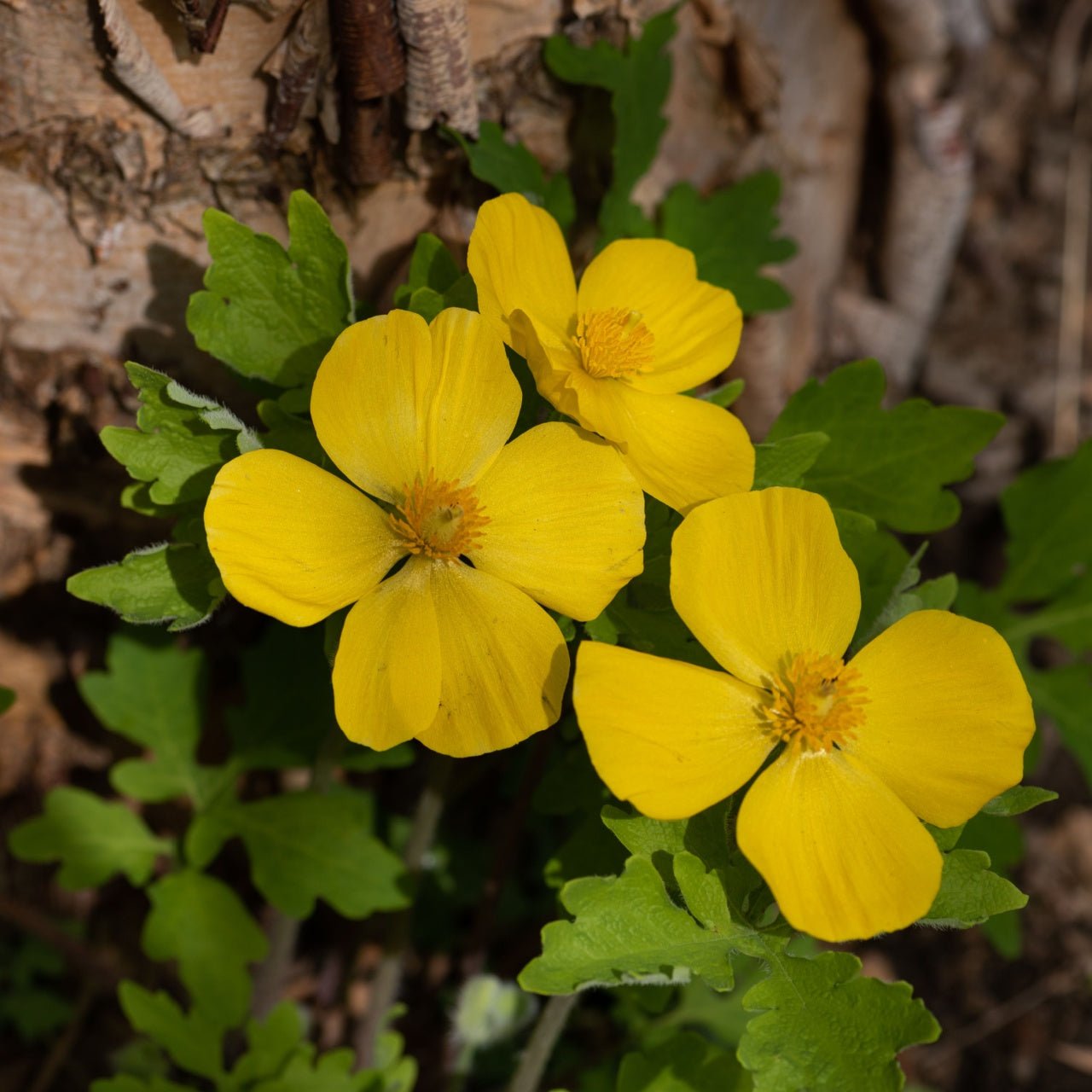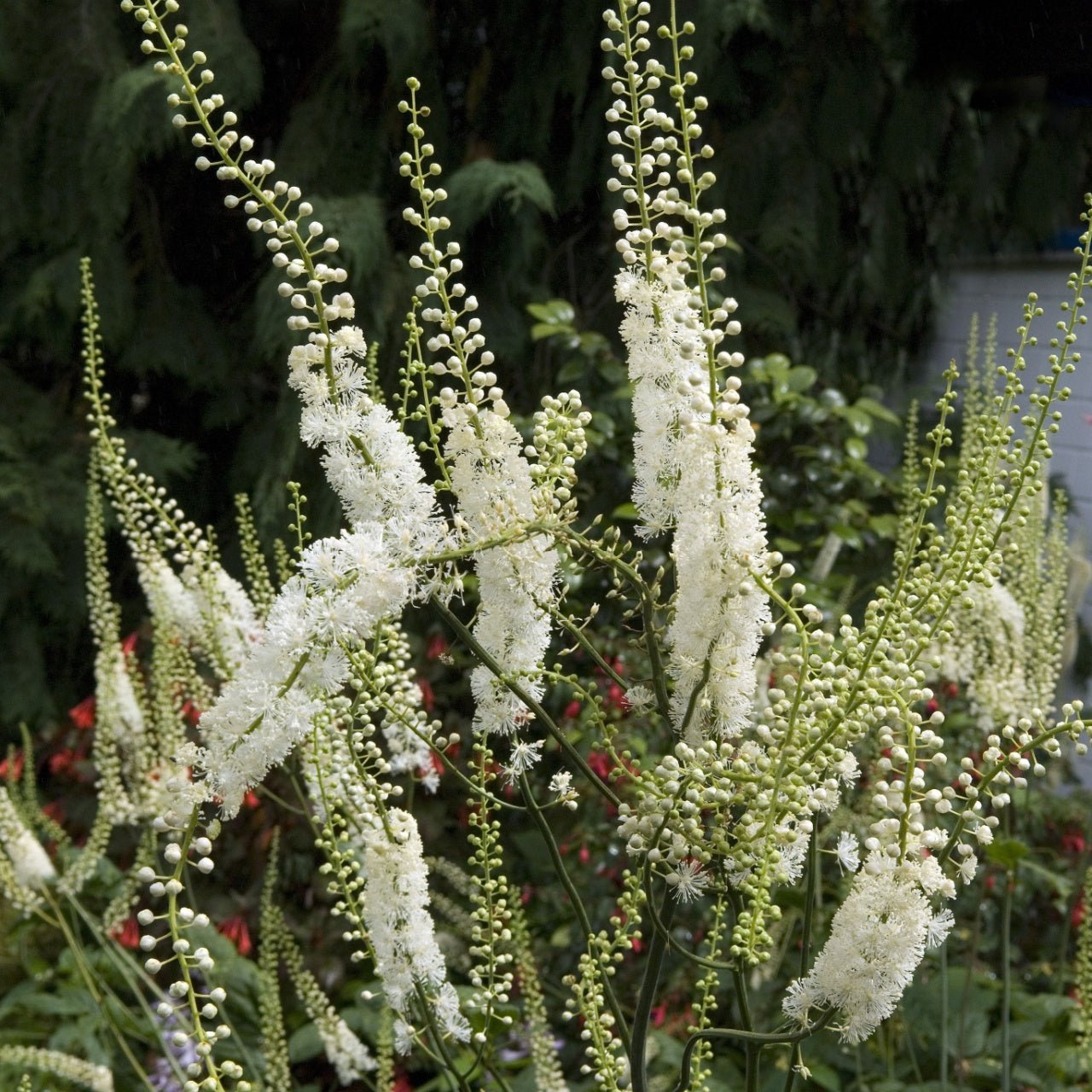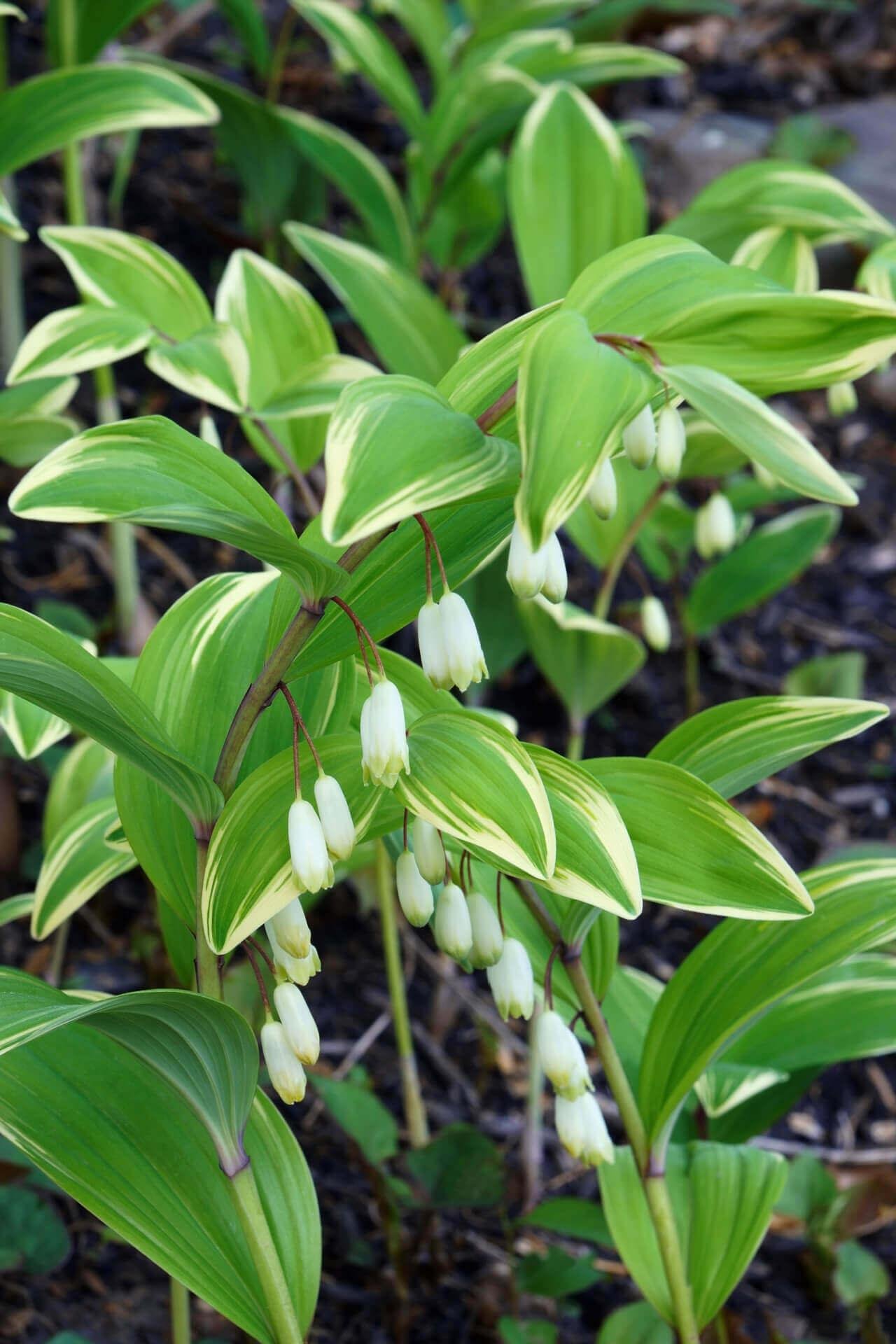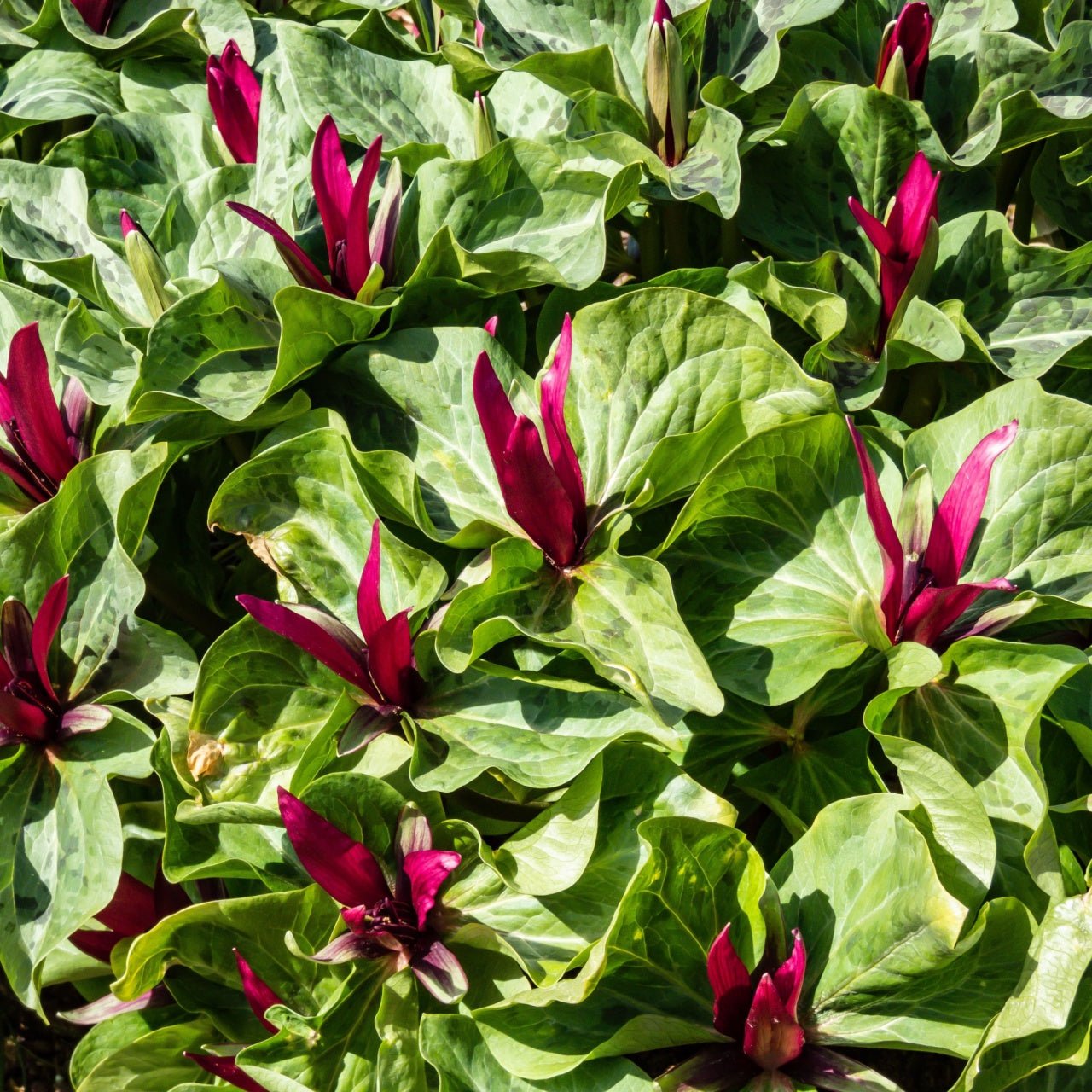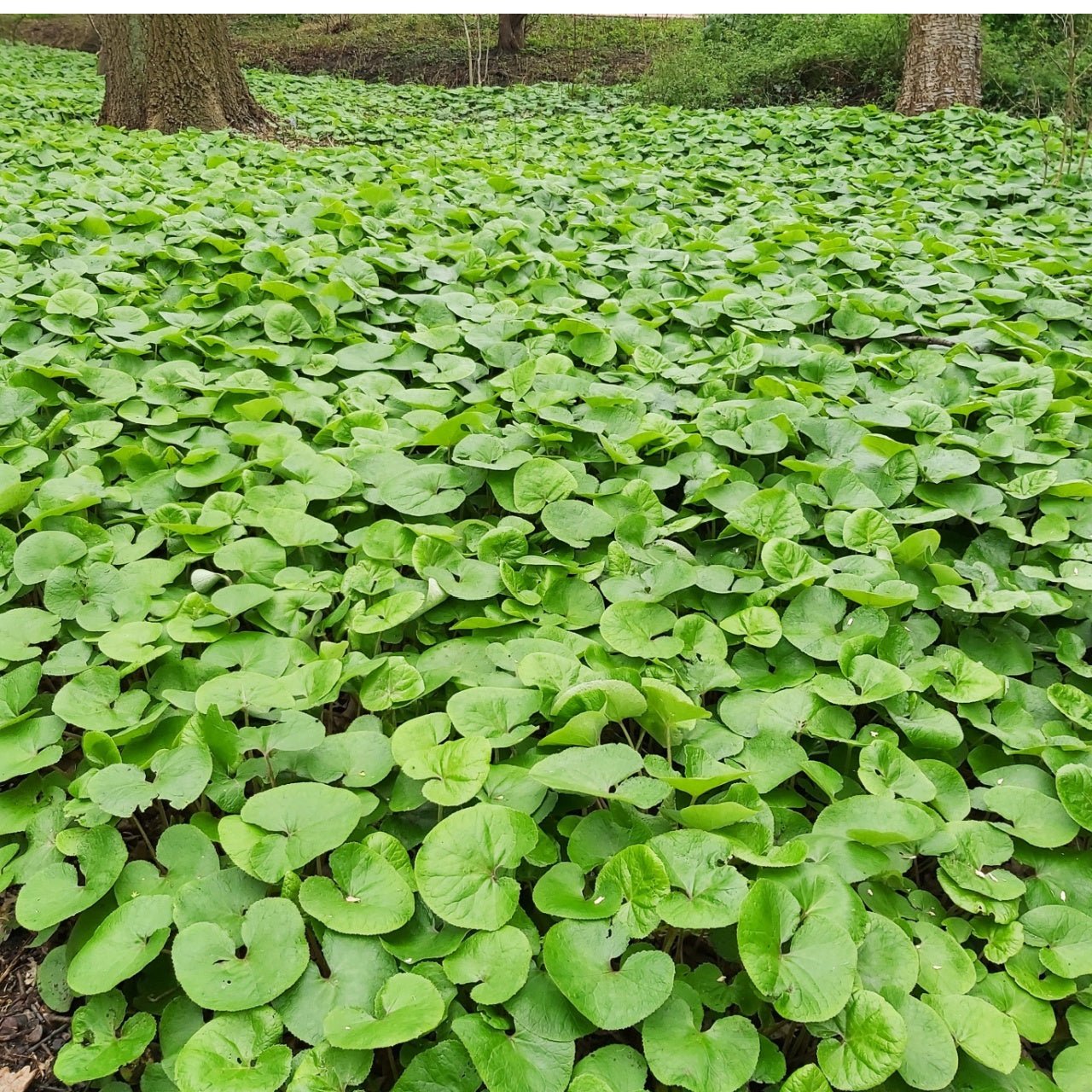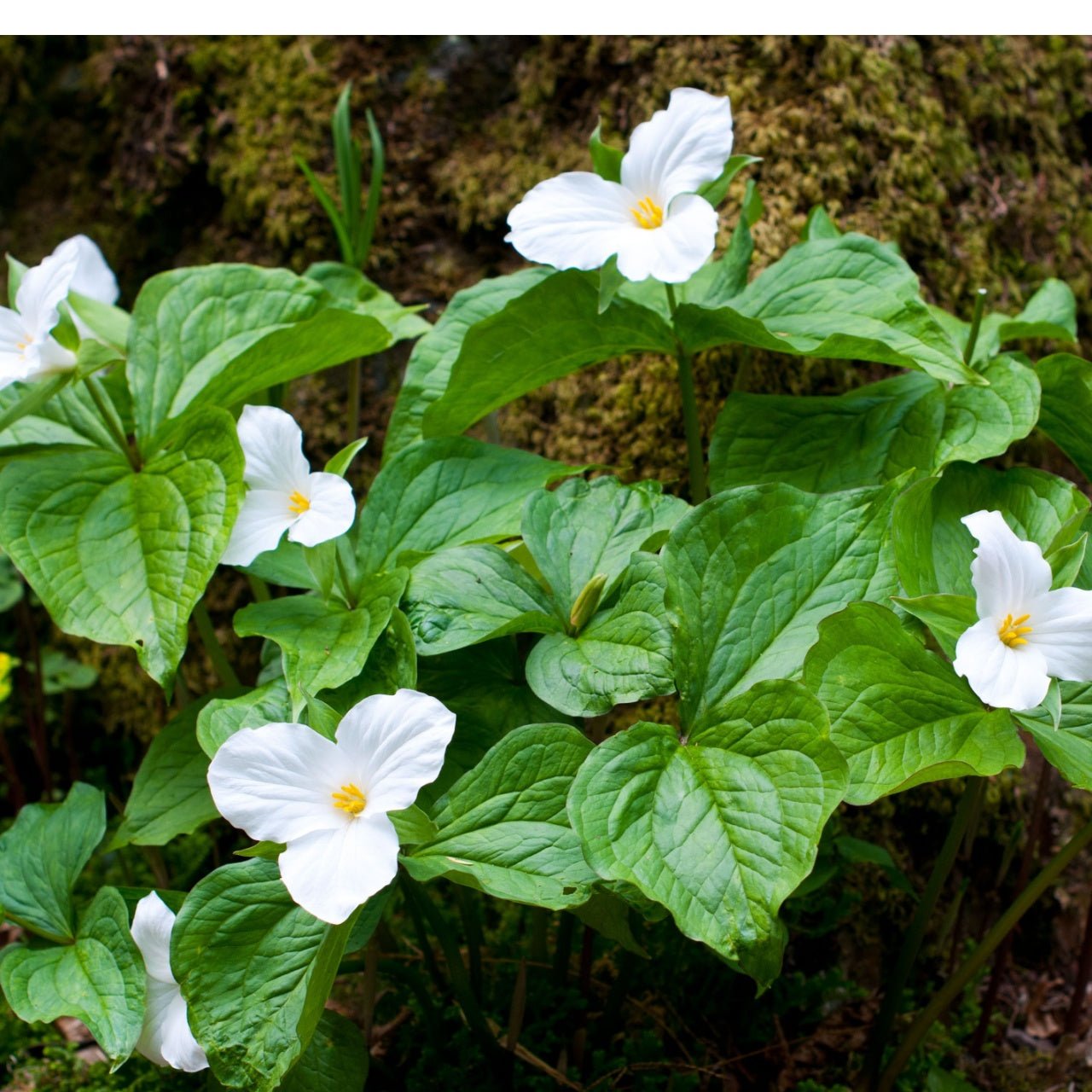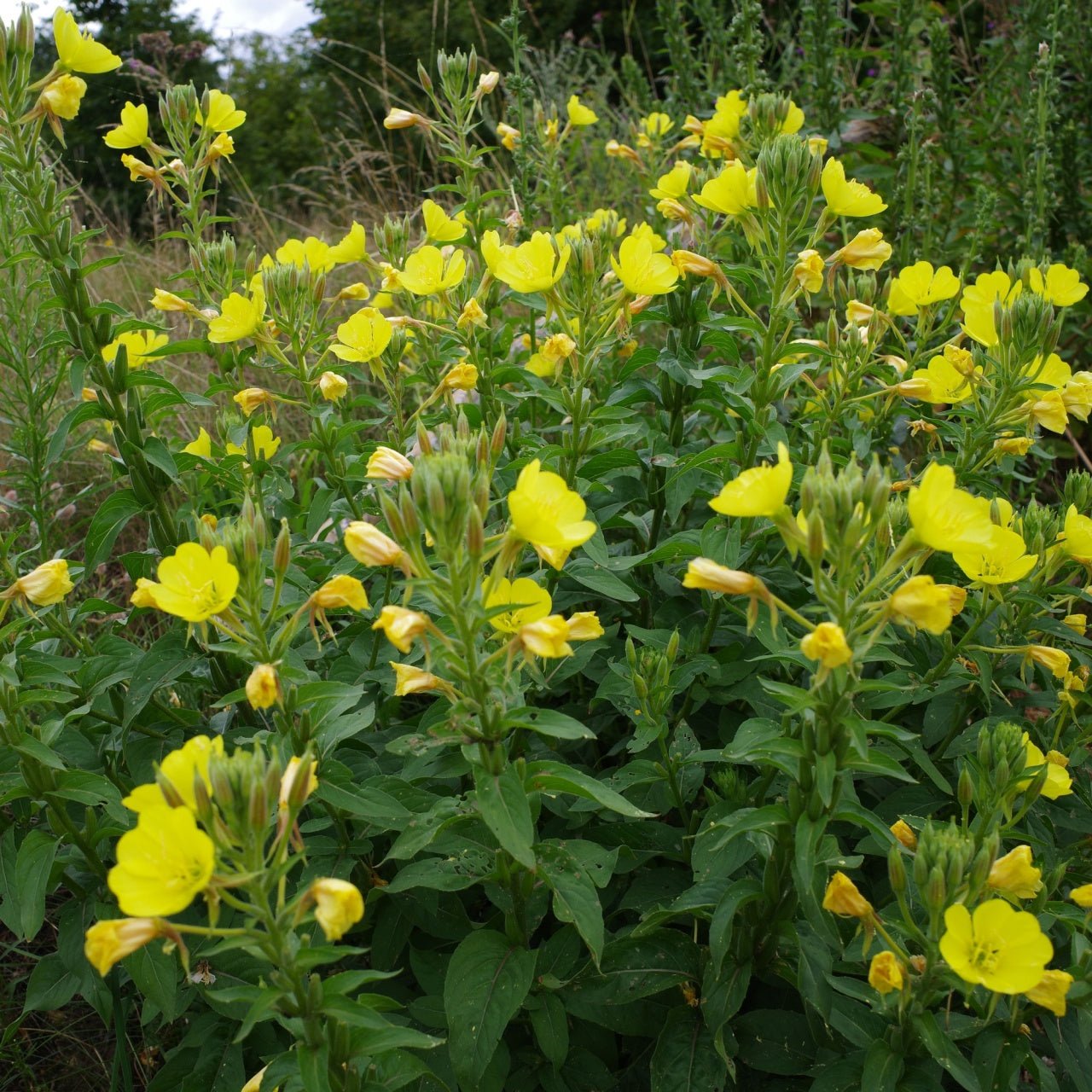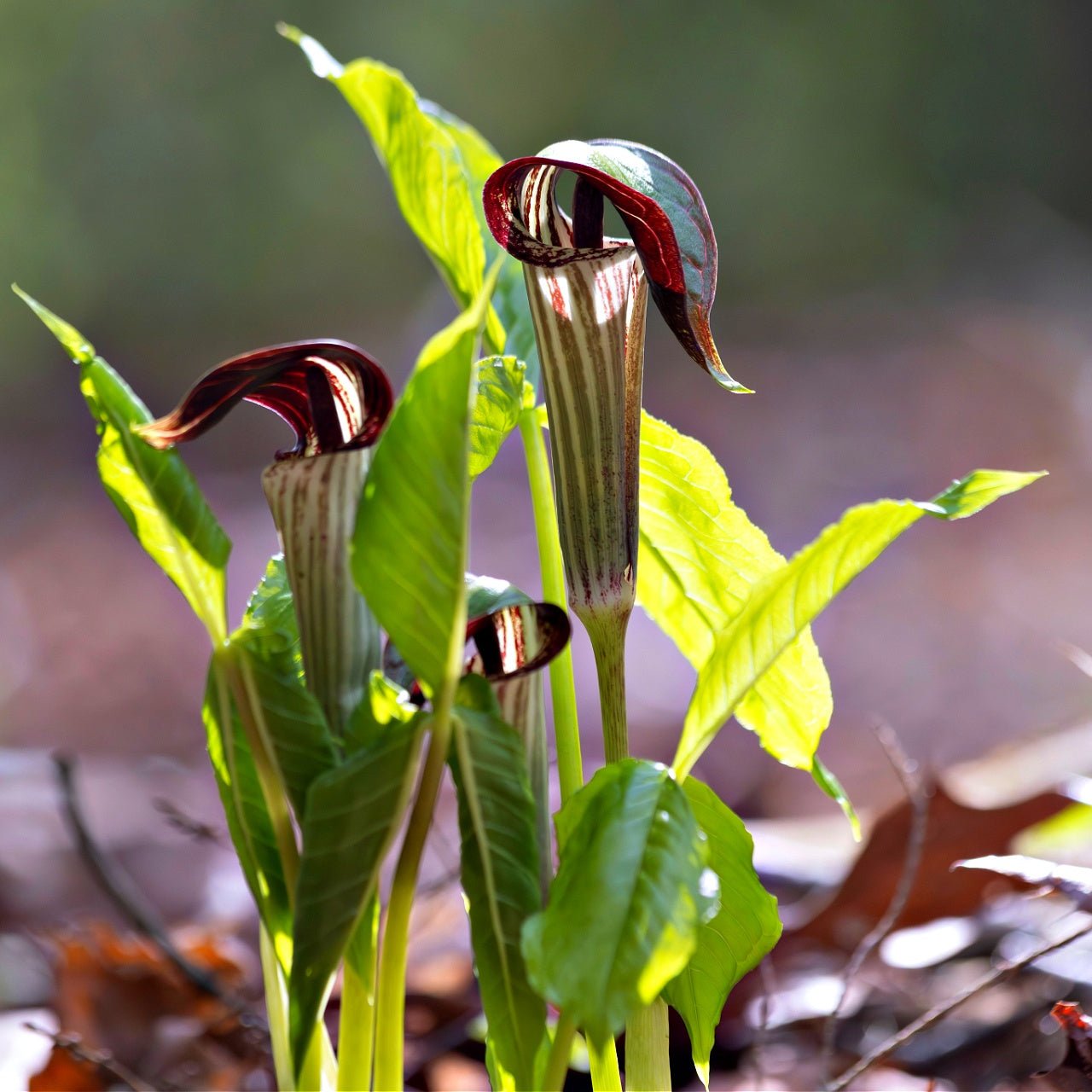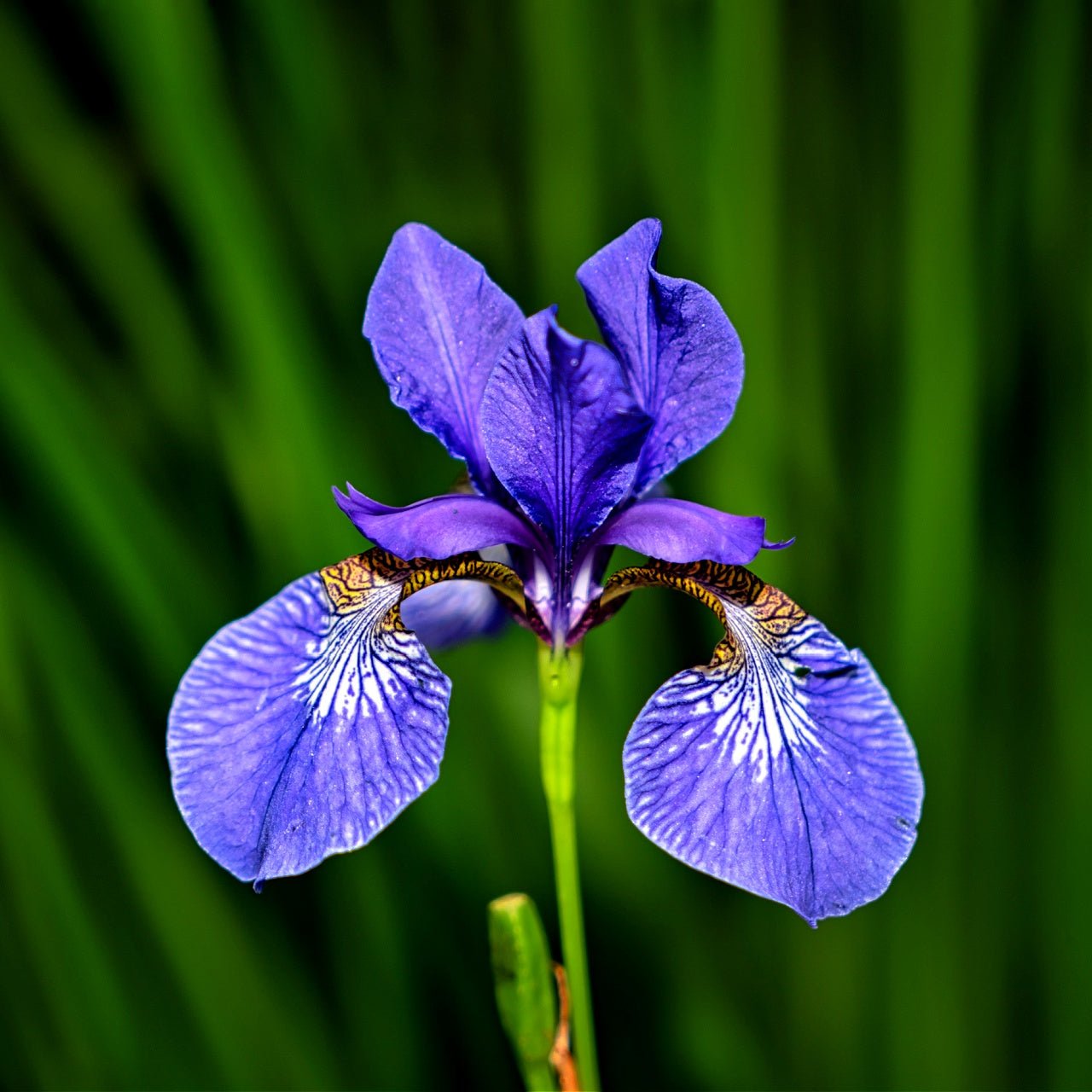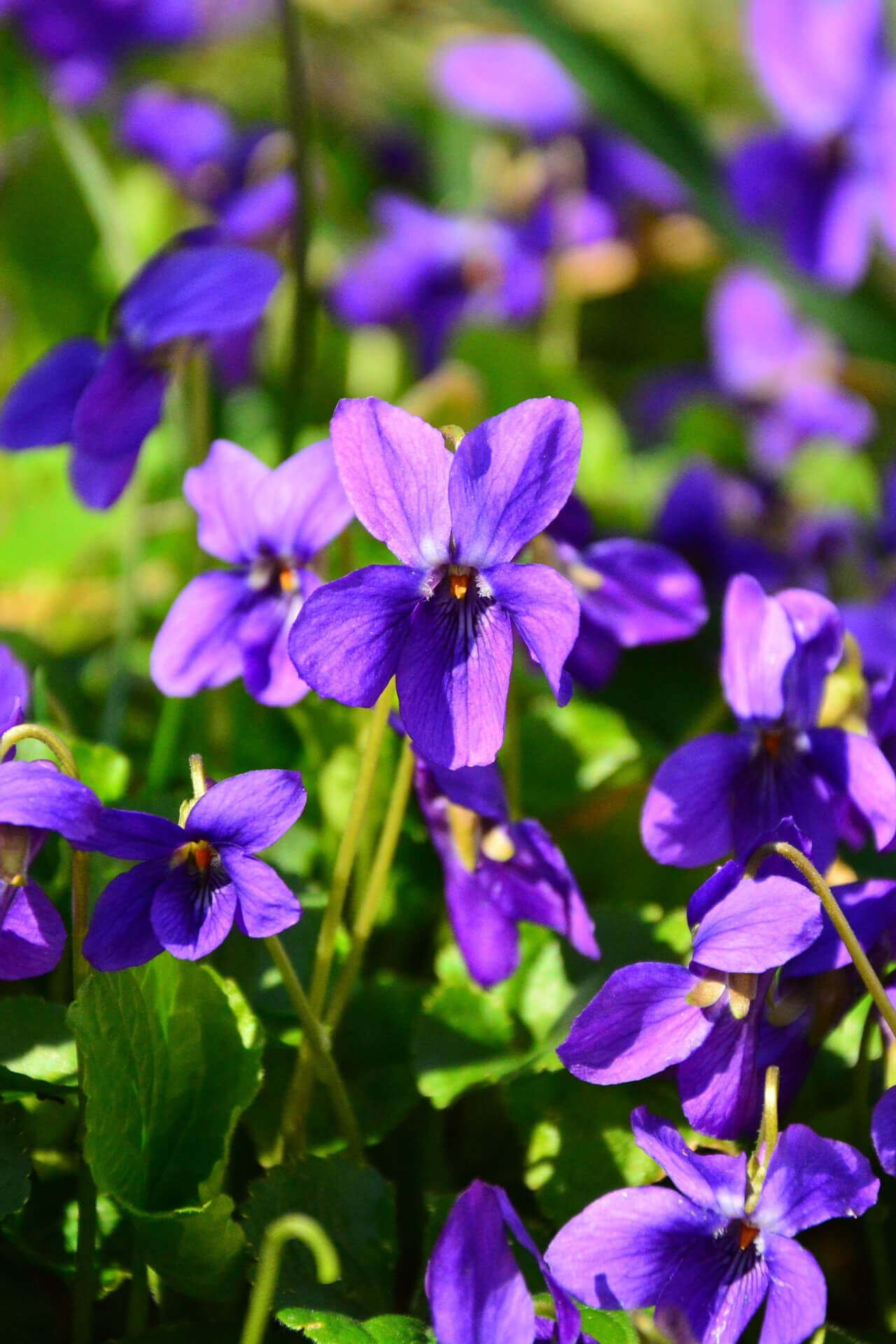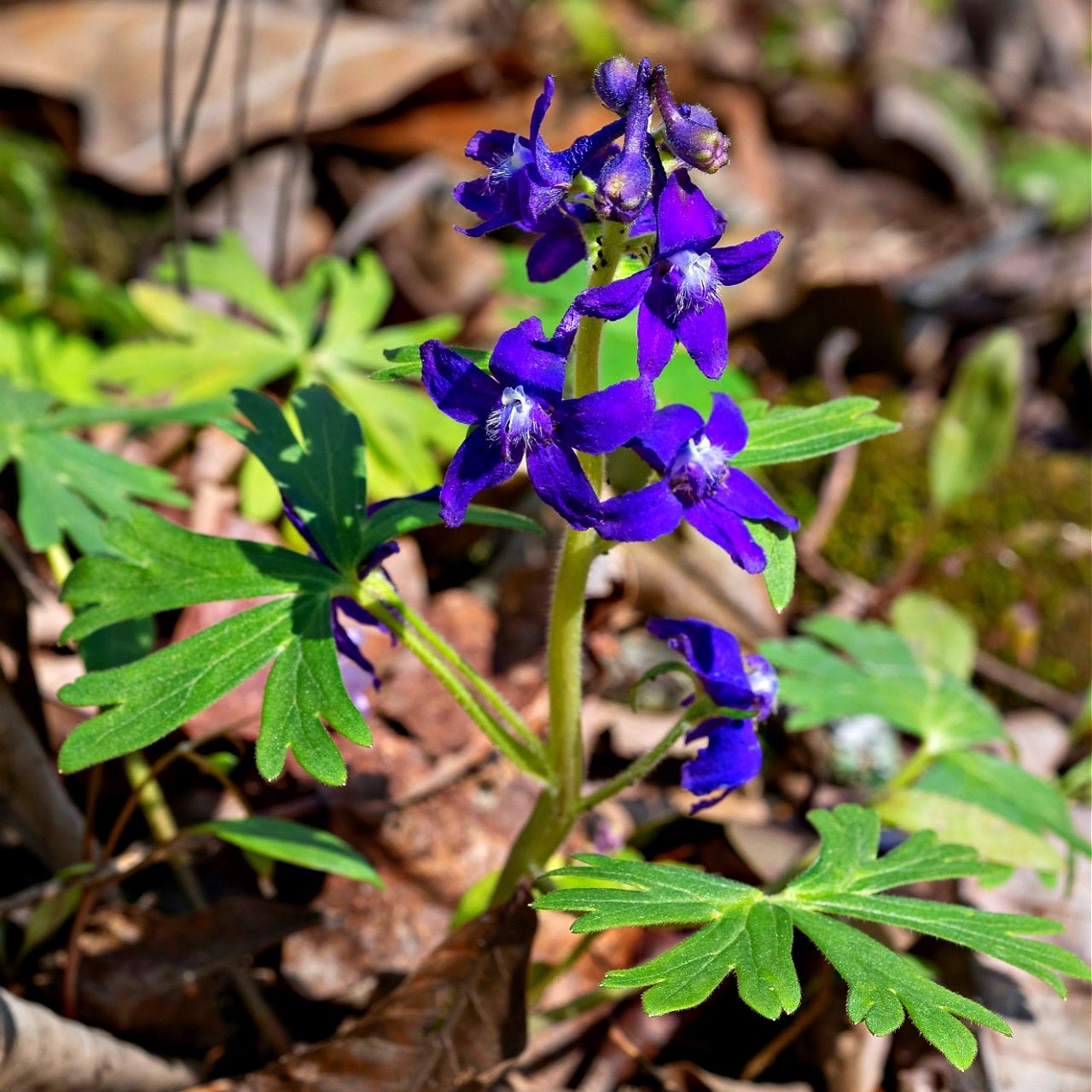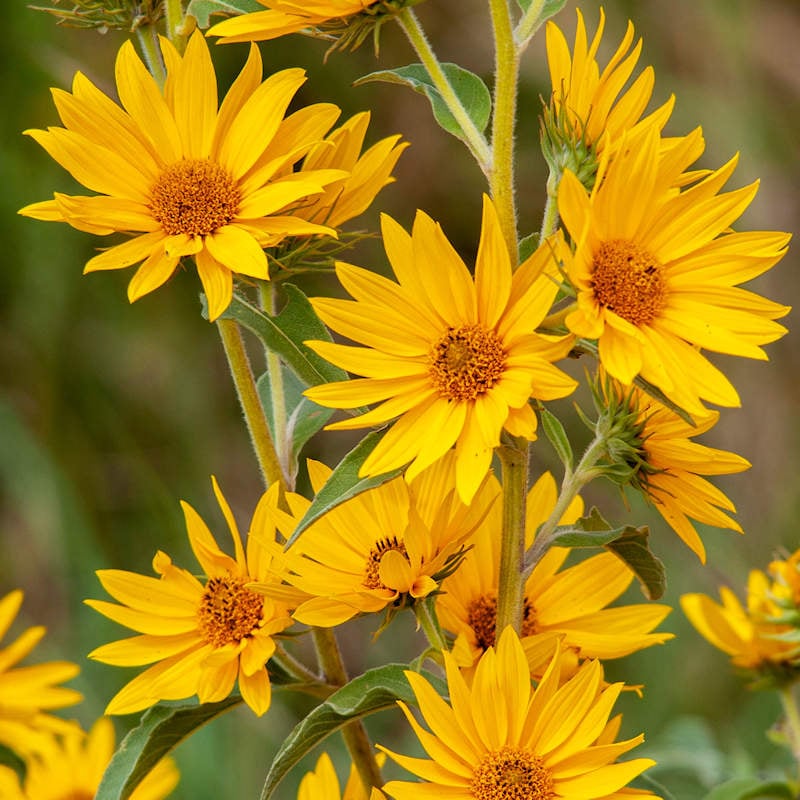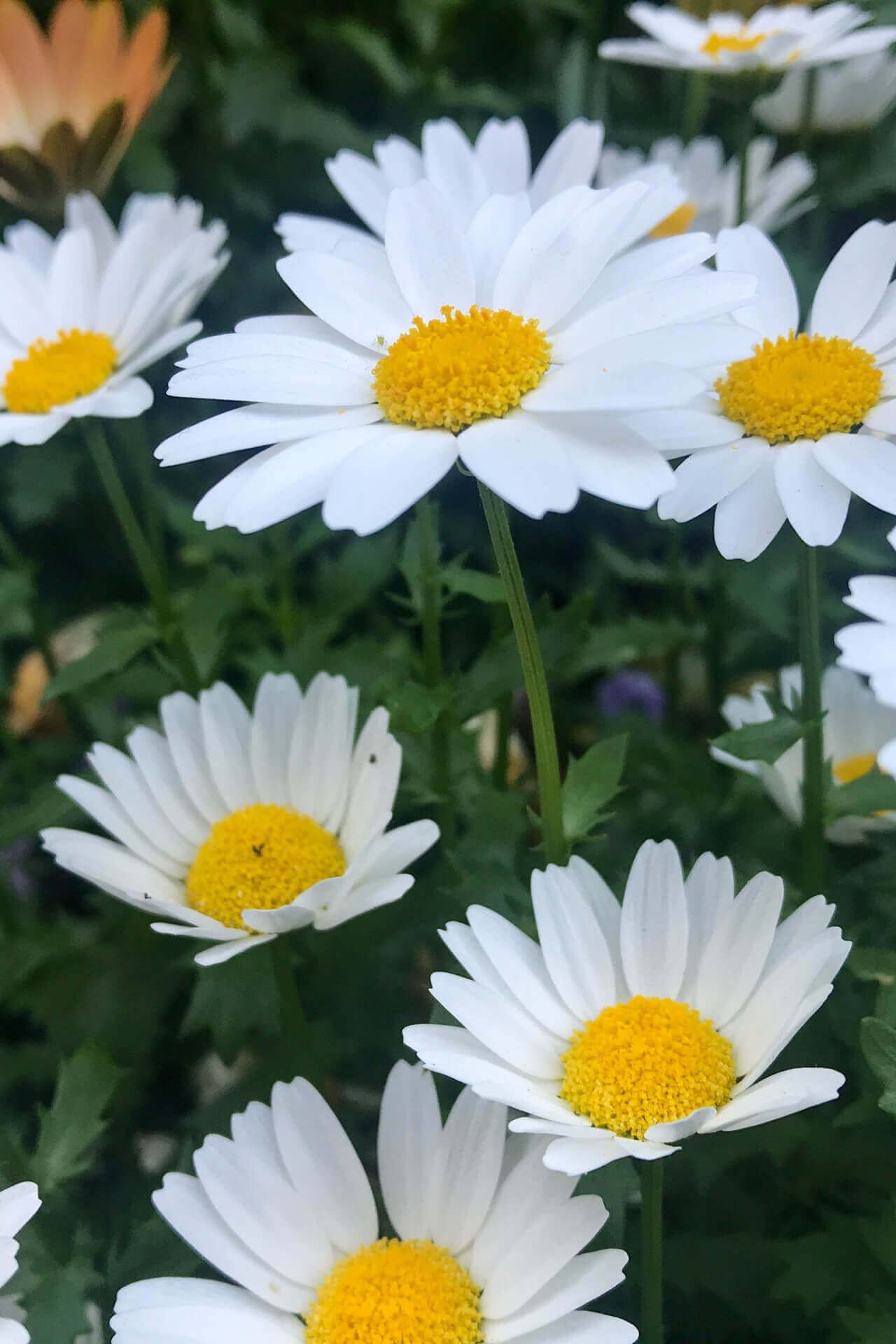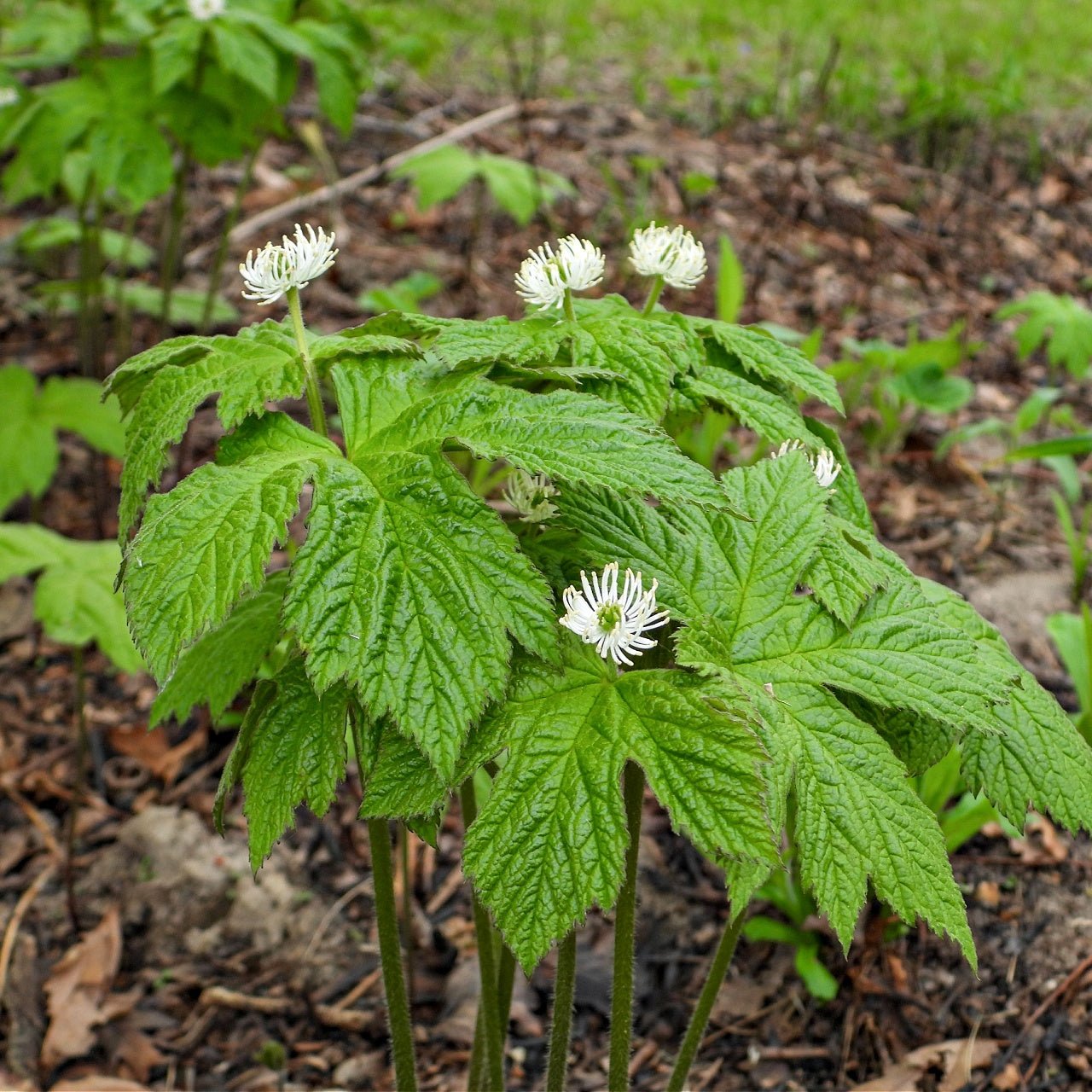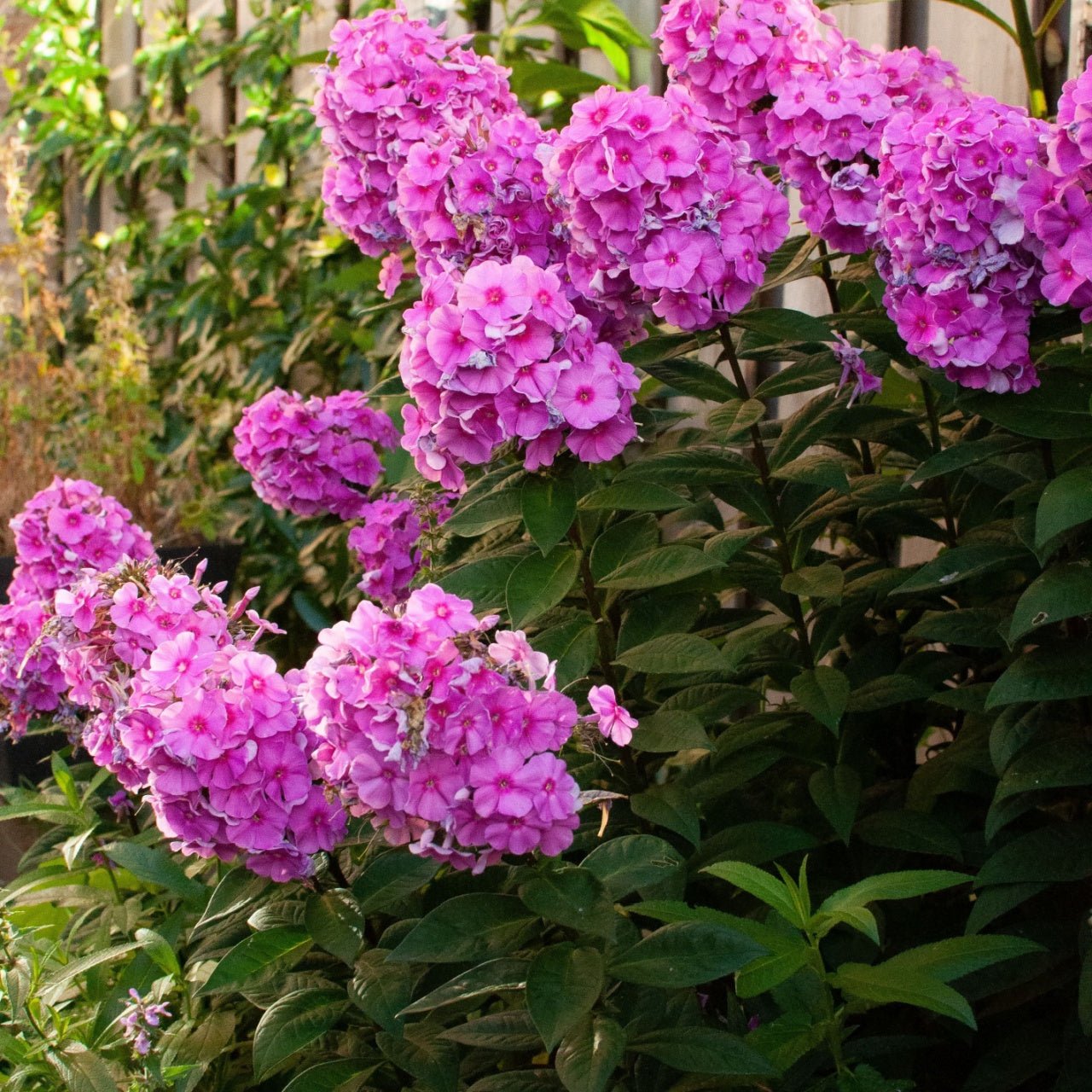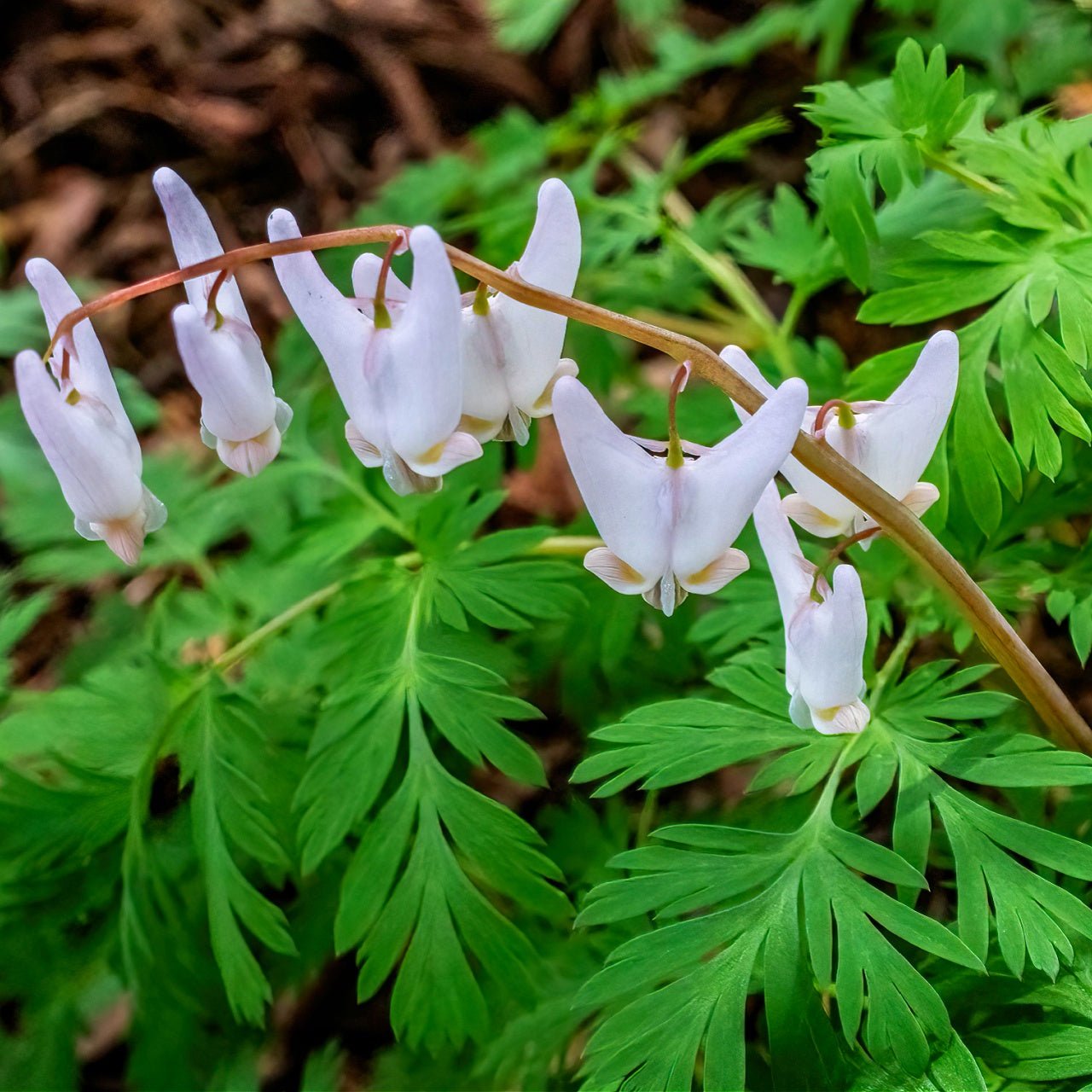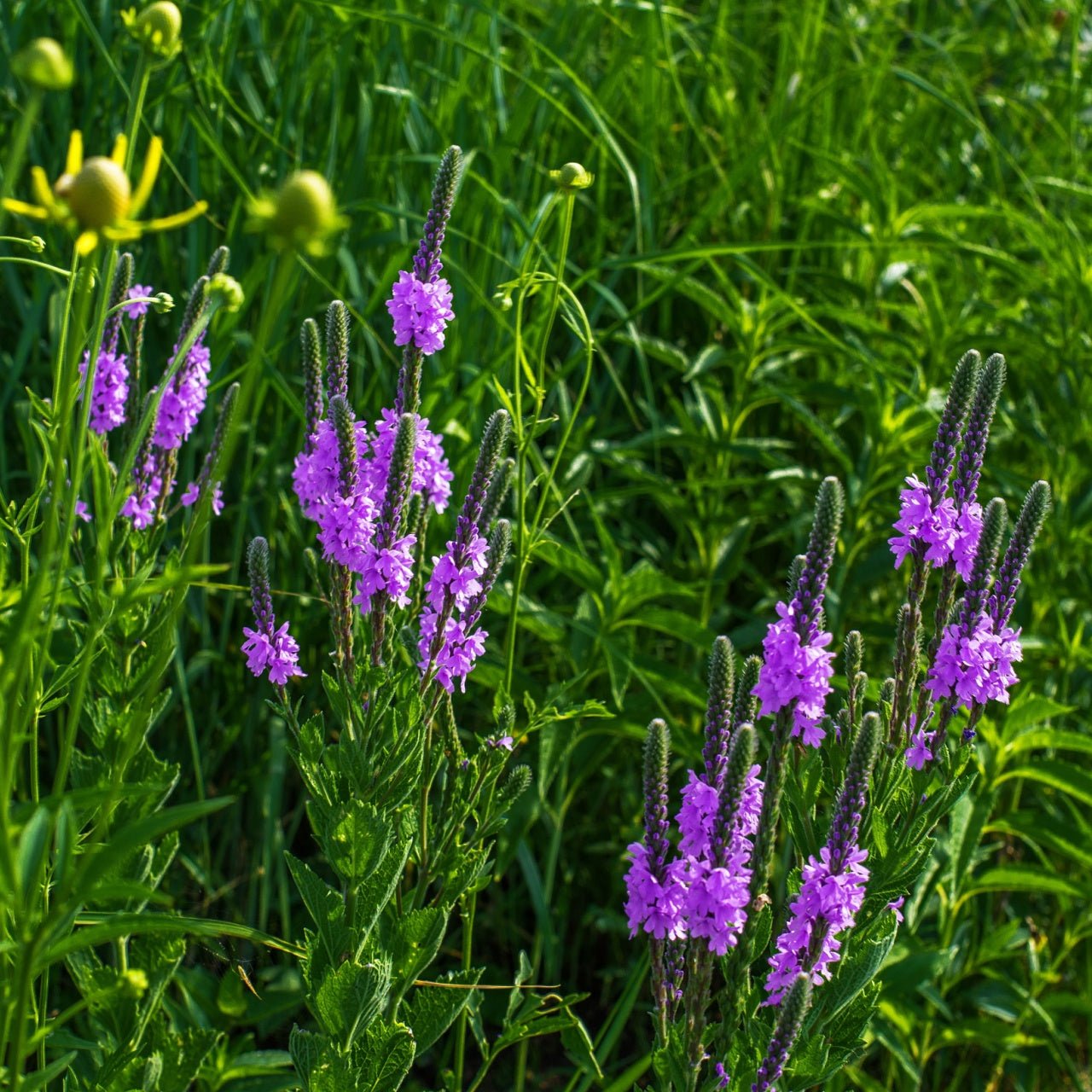Specialty Selections of Perennials
Filters
Filters
Perennial Gardening
Deer Resistant Perennials are a good solution if they are brazenly snacking in your yard as if it's their salad bar. This frustrating problem isn't uncommon for people who live in stag-heavy areas, as they eat up to 8% of their total weight in vegetation daily. Fortunately, they discriminate regarding what they consume, and we know how to turn them away from your garden. Deer are herbivores and feast on various flowers, fruits, and vegetables.
For this reason, they are usually attracted to gardens or backyards with food, shelter, water, and many fragrant flowers. All these ornamental plants and shrubs should serve as a lust garden sanctuary for you to enjoy, not a meal for local deer. While it can be impossible to make your backyard completely deer-proof, planting deer-resistant perennials will minimize deer damage.
You can maintain a lust green garden filled with beautiful and vibrant flowers with deer-resistant perennial plants. You can choose from flowers with strong scents, fuzzy or aromatic leaves, and spiny textures from Bee Balm to Blood Root Plant. TN Nursery has a variety of deer-resistant shrubs and plants based on your garden design.
Featured Deer-Resistant Perennials
Our carefully selection collection of deer-resistant perennials boasts more than 60 plants with different textures and beautiful blooms. Bee Balm is among the top favorites that feature vibrant red and pink flowers. While they look stunning in any outdoor space, the citrus notes in the fragrance make it an excellent deer and pest repellent. Plus, this perennial attracts pollinators, promoting biodiversity in your garden.
Next, we have another gardener favorite, Spigelia Indian Pink. This native wildflower grabs the attention due to its tubular red-yellow blooms. This vibrant yet stunning flower also attracts pollinators like hummingbirds while deterring deer. Painted Trillium, Wood Poppy, and Wisteria Vine are among the best options to add elegance to your garden while ensuring no deer feast on your plants and flowers.
Explore our deer-resistant perennial collection to find these shrubs and several other plants in various bloom colors, seasons, and planting zones.
Black-eyed Susan
Among our top-selling perennials in this category are these tall plants that feature cheerful, bright yellow flowers with a black center. The plants are covered in coarse, hairy fibers that keep deer away.
Mayapple
Mayapple is a flowering plant with white umbrella-shaped blooms. Stags dislike their floral solid aroma.
Trumpet Vines
Trumpet vines boast showy red and orange blooms. Their spicy aroma keeps stags away but draws hummingbirds like a magnet.
TN Nursery Offers the Healthiest Deer Resistant Perennials
At TN Nursery, we offer the best options to outsmart stags while giving you a gorgeous landscape. We're glad to have you join the ever-growing group of gardeners who trust us with all their landscaping and gardening needs.
Easy to Grow
Successful Perennial Planting Guide
To plant bare root perennials, start by soaking the roots in water for an hour or two to rehydrate them. While they soak, dig a hole twice as wide as the root spread and deep enough to let the crown sit just at or slightly above ground level.
Preparing the Soil For Bare Root Perennials
Make a small mound in the center of the hole, spread the roots gently over it, and backfill with soil, firming it gently as you go to eliminate air pockets. Water well after planting to help the roots settle in. Avoid fertilizing right away—let the plant focus on root establishment first. Keep the soil moist (but not soggy) for the first few days while the plants adjusts and acclimates.
Grow Tips For Success
Tips For Optimal Growth for Perennials
After your perennials have taken root and begun to grow on their own, care becomes more hands-off. You don’t need to water them constantly—just check the soil now and then, and if it’s dry a few inches down, give them a good soak.
Mulching Perennials
Mulching helps, especially during hot weather, but don’t let it smother the base of the plants. In spring, trim back anything dead from the previous year. Prune or pinch back the faded and dying blooms during the season, though it’s not always necessary. Every few years, if they look crowded or stop blooming like they used to, dig them up and split the clumps. Doing that gives them space to breathe and keeps them going strong.

